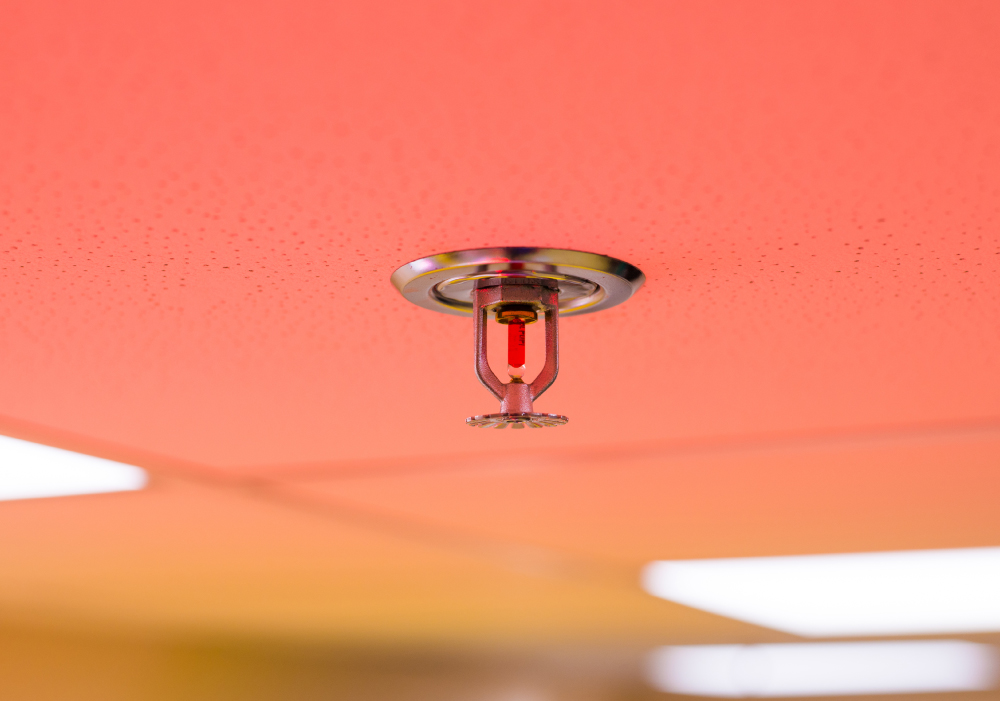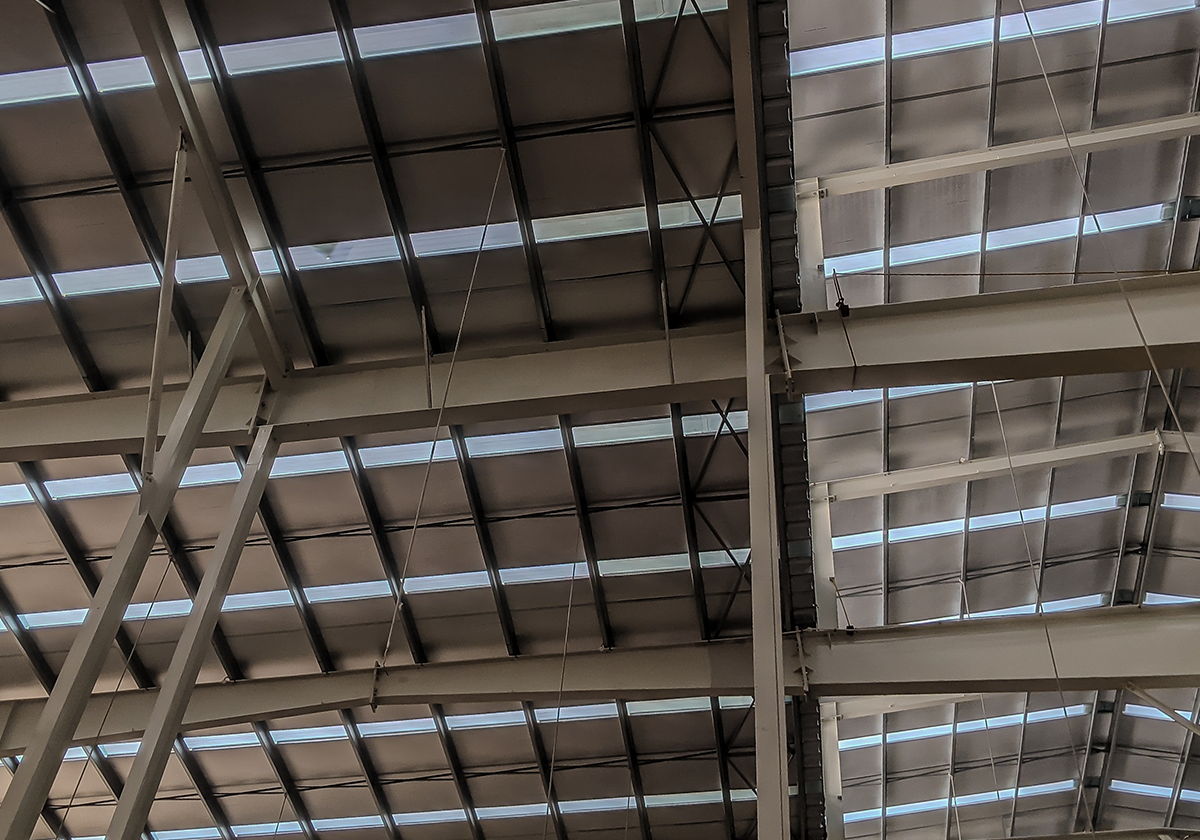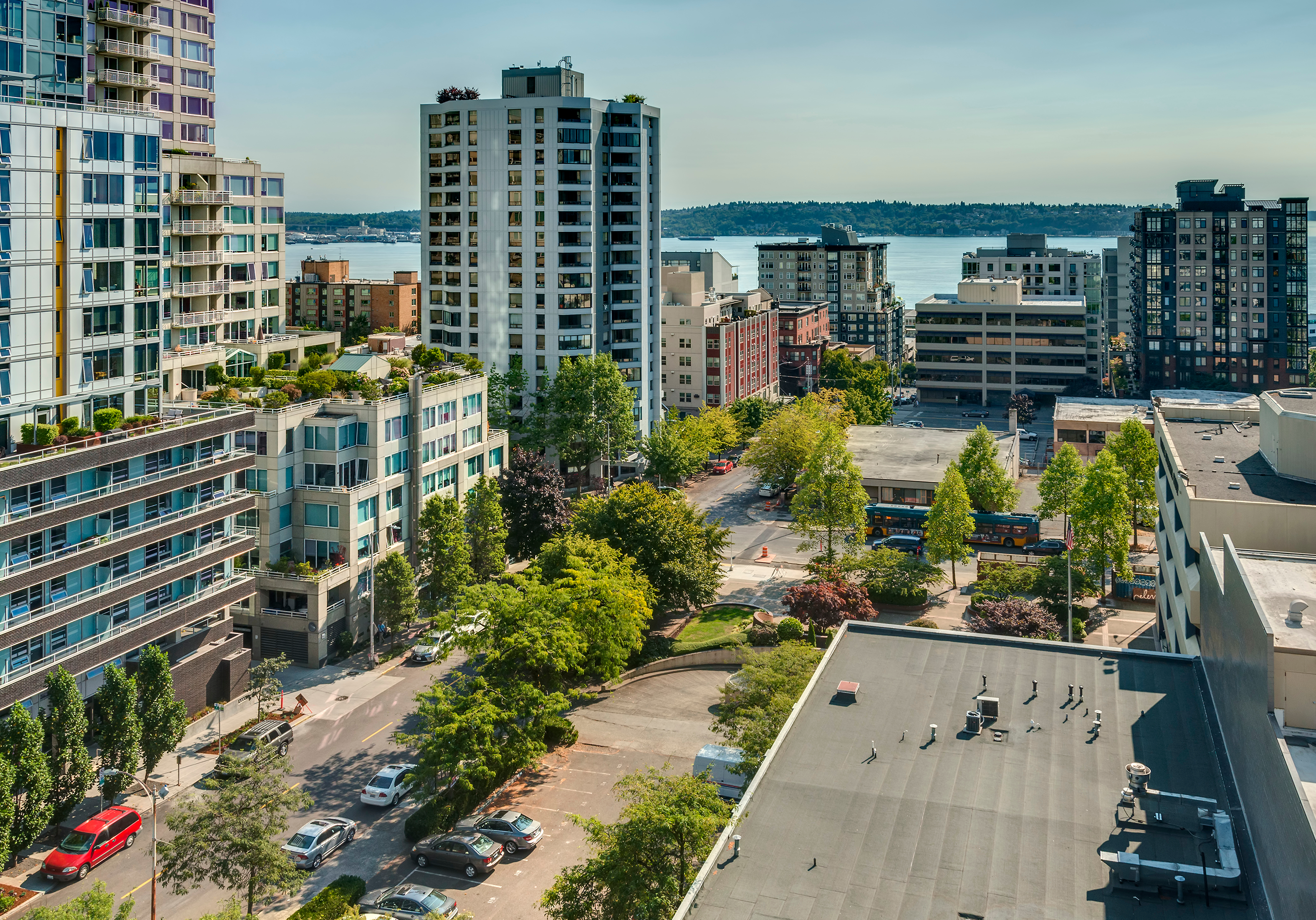Thankfully, most of us only see automatic sprinklers in action in controlled test environments. In the video above, we get to see a true-life demonstration of the effectiveness of an automatic fire sprinkler system as it controls fire in a storage room.
This fire, as captured by a security camera, occurs overnight and apparently starts because of an electrical short in a lighting system, causing molten metal and plastic to drip onto the floor. The fire spreads slowly, but because it starts at night, no one is around to use the hand fire extinguisher located just outside the room. As the fire gains momentum, it threatens to break out of the room (at about the 12:25 mark in the video). The fire generates enough heat to set off a single fire sprinkler, which discharges enough water to fully extinguish the fire, saving the building from what could have been a devastating fire.
Related:
WSRB's Essential Guide to Commercial Property Risk Assessment
What happens when an automatic fire sprinkler goes off?
When an automatic fire sprinkler system in a commercial building is activated, it sends an alarm signal to a monitoring company. The alarm company then relays the alert to the responding fire department. The fire department responds and handles any remaining issues such as shutting down the faulty light fixture, making sure there are no flare-ups, or, in some cases, fully extinguishing a fire. In the past, the automatic fire sprinkler industry has advertised its product as equivalent to having a firefighter on-site 24 hours a day. From the video, you can see the impact the sprinkler had: the fire was suppressed with minimal damage.
By having a fully functioning automatic sprinkler system, the risk of a fire spreading is greatly reduced, especially for the building in the video. Many factors contribute to or limit exposure to the peril of fire. A few observations from this example:
- Most things will burn when hot enough, even the floor covering in this case. Some think that if a building itself is non-combustible there is no concern of fire. Remember, however, that the contents of a building can burn, even to the point of producing enough heat to affect the metal or concrete supporting structures of a non-combustible building.
- The good housekeeping of the storage room in the video meant there was minimal combustible material lying around, which kept the fire from growing larger faster. The lack of fuel enabled one sprinkler to control the situation, as opposed to two or three, and made post-fire cleanup quicker and less expensive. So cleaning up your room, as your mother taught you, is still good practice.
- The water discharging from the sprinkler head will likely cause some water damage that will need to be cleaned up. However, compared to the loss caused by an uncontrolled fire and a deluge of water from firefighters' hoses, the cost is minimal. The sprinkler head could go off for a considerable amount of time and still discharge less water than just a couple of minutes from a firefighter’s 2½-inch hose line.
- Most automatic fire sprinkler systems are designed to control the spread of a fire long enough to allow the fire department to arrive and fully extinguish the flames. In reality, they are often more effective. As in the case of the video, they often can fully extinguish a fire so when firefighters arrive, they only need to check for hot spots and vent any remaining smoke.
Automatic sprinkler systems make a huge impact on fire suppression; this is why sprinkler credit is provided for buildings with properly maintained systems. Make sure your properties are getting this credit. Check out why your property may not be receiving full credit. Also, WSRB has streamlined the process to make it easier to get credit.












